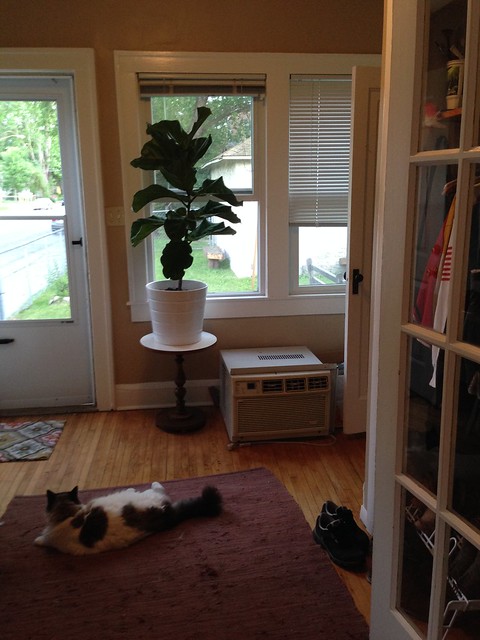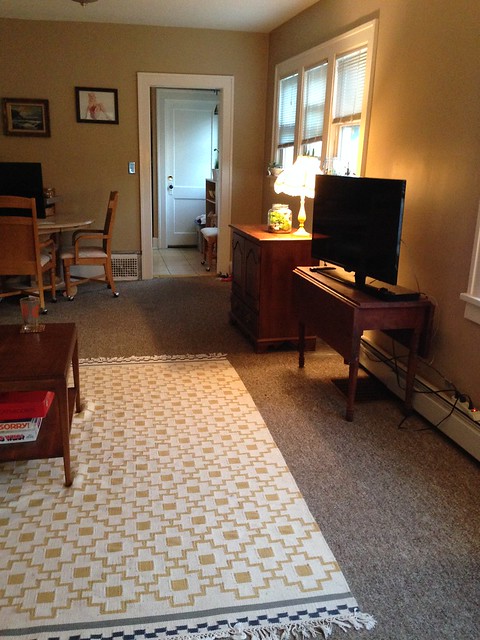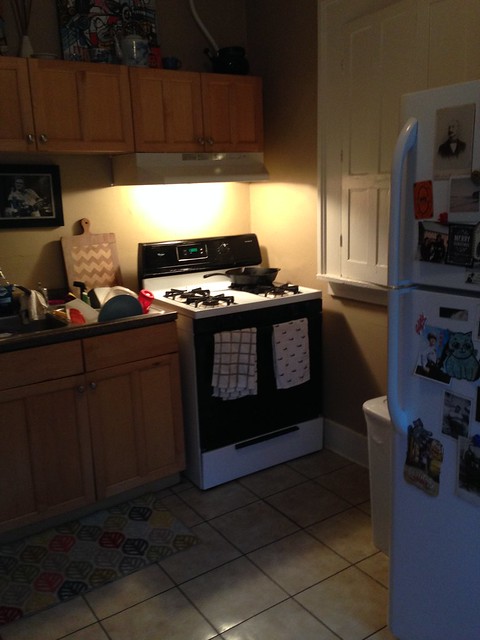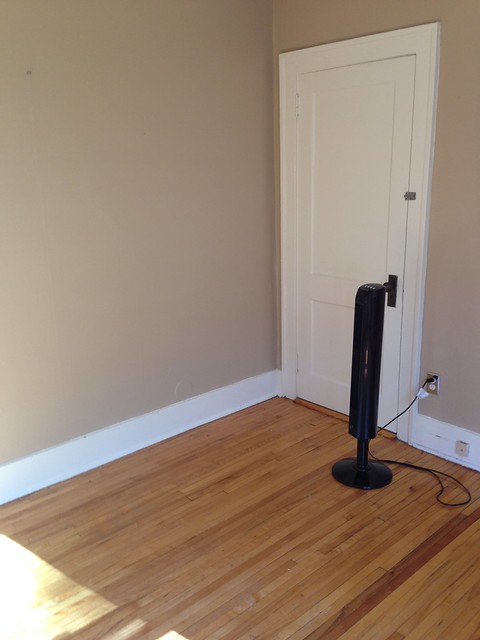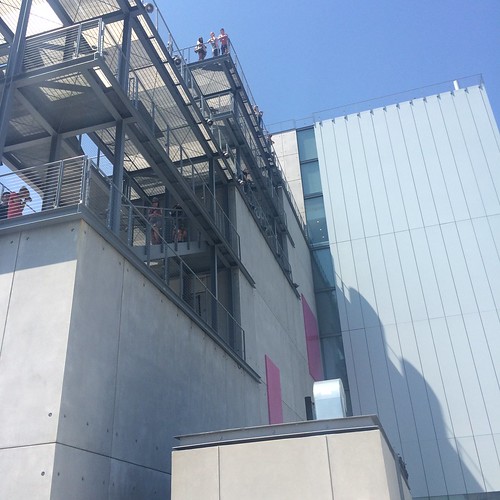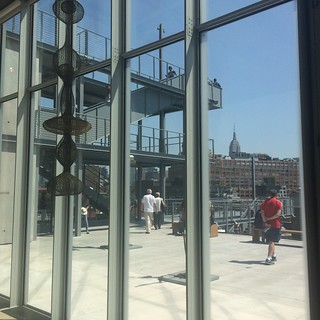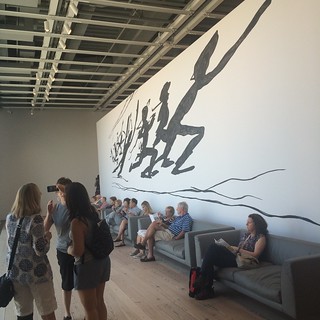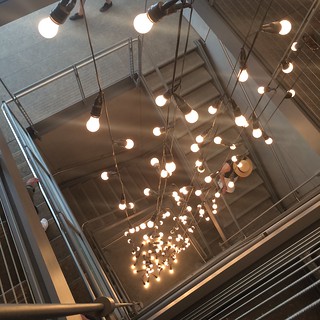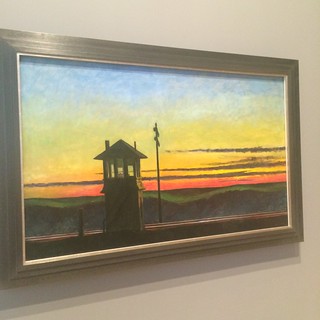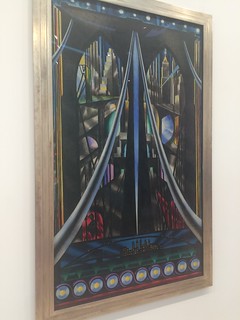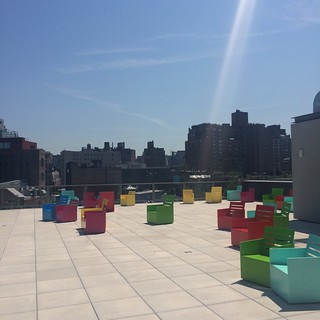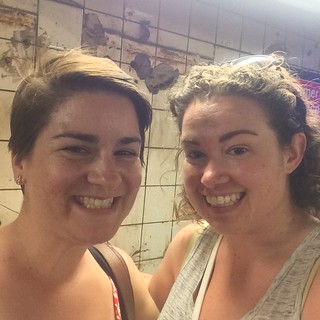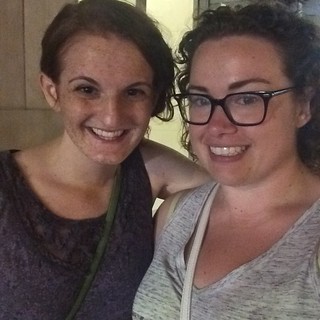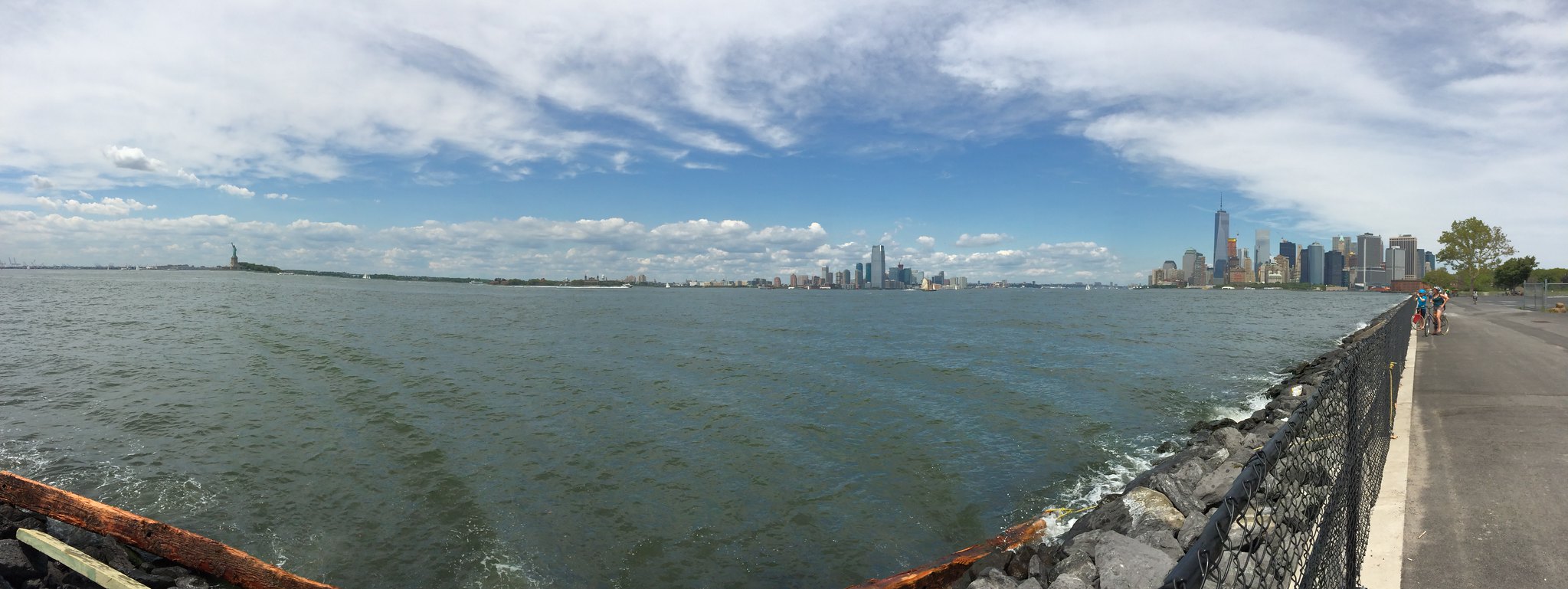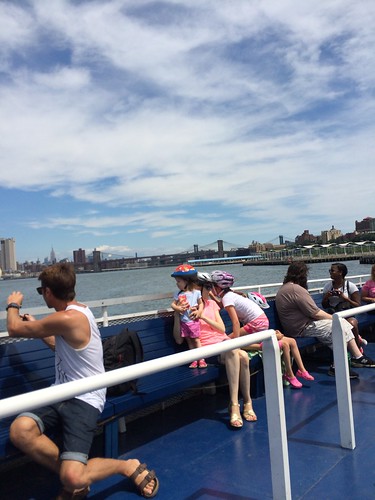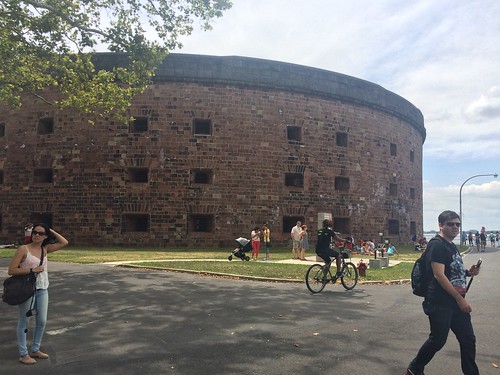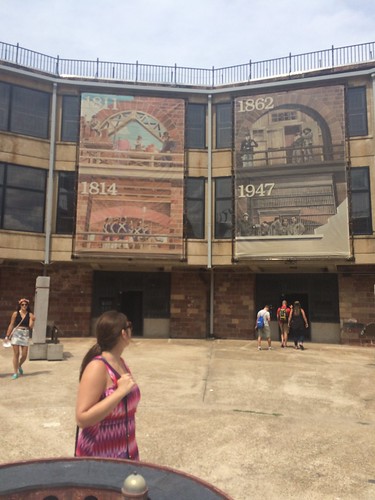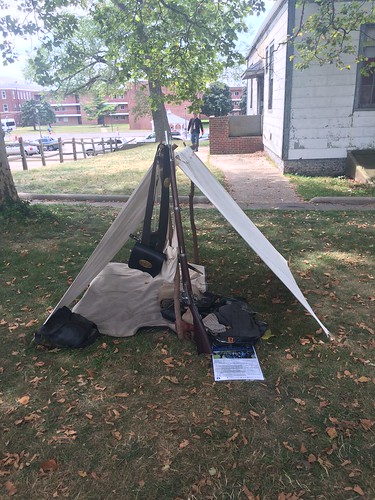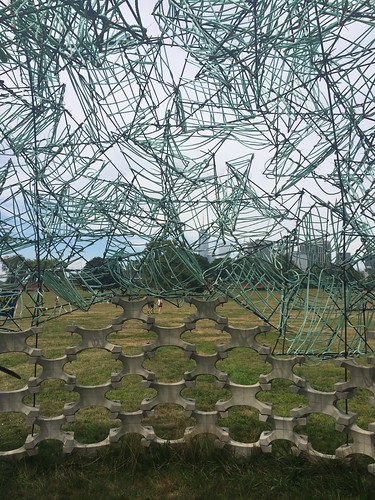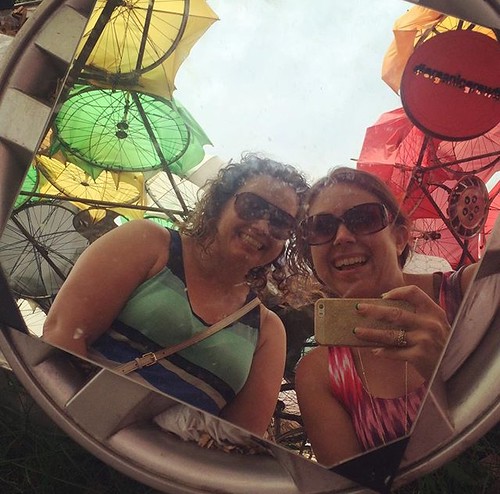I feel like a bit of a narcissist for starting a blog just to write about my life, but given the number of family and friends I’m moving away from it seems like the best way to keep anyone who cares in the loop (although a bit impersonal, I know). I also hope it will be a way for me to keep track of what I’m doing and create kind of a virtual diary of moving halfway across the country and my life in Minnesota overall.
It seems like the best way to start off the blog would be to share how and why I decided I wanted to go to grad school and the best way to do that is to share my essay I wrote for my University of Minnesota application. This essay would not exist (and hence I wouldn’t have been admitted to grad school) without the help of my amazing, patient, brilliant, supportive, etc. etc. etc. friend Grace. She tirelessly read all of it iterations of my essays and provided invaluable feedback.
Here is the essay:
If you had told me during my undergraduate career at Mount Holyoke College or in the year or two after my undergraduate career that I would want to go back to graduate school I would have laughed in your face. Growing up I always liked and did well in school so starting college right after high school was never even a question. But when I got to college I struggled with what I wanted to do. It took me two years to pick a major and even after I picked a major I was always content to get B’s and B+’s with the occasional A- thrown in and focus my attention elsewhere. Luckily for me I focused my energy on extracurricular activities like the Student Government Association where I was a senator for two years, chair of the Ways and Means Committee for one year, and treasurer for two years (the only student to ever serve in that position for more than one year at that time). After four years and 128 credits I graduated from Mount Holyoke College with a degree that I was deeply proud of, but still no clear idea of what I wanted to do with my life. I had always had a love for books and reading, so I applied for a job at a book publisher, where I was hired in the marketing department, but quickly moved over to sales. Working for Abrams was an amazing experience. The variety of books that they publish constantly introduced me to new things: food, art, literature, or politics. Contributing to the Abrams team, I gained invaluable professional tools, such as how to express myself clearly through writing and speaking, organizational and time management skills, and how to work successfully with professional contacts through travel and social engagements.
Yet something was still missing. I knew working in publishing wasn’t the career I wanted for the next forty years, but I didn’t know of other professions better suited to my interests. By my mid-twenties I became a reformed picky eater (I was the child who only ate bagels, hamburgers, and frozen pizza) and during this time I also developed a passion for fitness and began running, boxing, and going to the gym on a regular basis. This combination of eating new foods and taking better care of my body inspired me to learn more about food and how the seemingly mundane choice of what to eat for breakfast or lunch or a snack affects our lives. I was lucky to not grow up surrounded by family and friends who were fad dieters, but, especially when I started eating healthier and exercising, people came out of the woodwork with their advice on what I “should” be doing and what “healthy” is supposed to look like. The more things I was told, the more I wondered about the science and research behind our dietary options and choices and I began to spend my downtime reading Michael Pollan’s books, following Marion Nestle on Twitter, and reading the New York Times’s Well blog. But it wasn’t until a couple of years later, after several promotions at Abrams, that I realized nutrition and dietetics was a viable option for a life-long career. It suddenly seemed so clear why it was the perfect pursuit: I excel and thrive at working with people and believe a career in dietetics will give me the opportunity to work with not only clients, patients, and/or members of the community, but also with colleagues as part of a team. Additionally, I am passionate about health and wellness and I share that passion with those around me, but I’m also very pragmatic and realize life can be stressful and is never perfect and sometimes it’s about making better choices, not the best choice, or adding rather than subtracting in order to stay sane. I have a lifelong passion for learning and sharing that knowledge with others around me so I know I will always keep up with the most current research and studies to better assist those that I work with.
But going back to school—rather, taking ten or so classes before I could even start grad school—was unbelievably intimidating to me. Especially after having experienced such professional success in publishing, it was hard to risk failure preparing for a new profession in the sciences. So I told myself I would see if I could hack it in the world of chemistry, biology, and microbiology, then go from there. And much to my surprise, I fell in love with the classes I took, particularly chemistry and microbiology. I am an extremely goal-oriented person, and knowing that I was learning about the different cell walls of bacteria, chirality, and stereoisomers of molecules in order to become a dietician was such a great initial motivator. But eventually I came to appreciate science for its own merits.
My journey to finding the specific area of nutrition I want to work in has been just as long and winding as my decision to go back to school. When I originally started thinking about practicing dietetics, I pictured myself working in a hospital, helping to counsel patients, either adults or kids, who had just had surgery or other procedures. After I took my Introduction to Human Nutrition course as part of my pre-requisites, I was fascinated by inborn errors of metabolism. Working with people who can’t digest fats, carbohydrates, or protein and other metabolic errors inspires me and appeals to my problem-solving nature.
However, when I started working with the Westhampton Beach Farmers Market, my eyes were opened to issues where nutrition and public health meet head-to-head. Although the Westhampton Farmers Market is based in an upper-middle class area, there are still many families whose financial situation necessitates assistance in getting access to fresh, healthy foods. For years, the farmers market had offered SNAP and WIC benefits to those families, but by the time I started, the board of the Chamber of Commerce, which runs the farmers market, and the daily operations manager felt that the SNAP and WIC benefits just weren’t that important. I made it my personal mission to try to change their minds and actively promote the farmers market to SNAP and WIC benefits recipients.
To do so, I worked with organizations like the Farmers Market Federation of New York, which provides support and assistance to farmers markets around the state of New York. I watched webinars, read their educational materials, and spoke with the group’s director about the best ways to try to reinstate the SNAP and WIC benefits. I also reached out to the local Cornell Cooperative Extension to see what assistance they could offer. I eventually had a series of meetings with a woman who worked with the Cooperative Extension’s Nutrition Health and Wellness program about what my farmers market could do. She shared materials with me to pass out at the market and also instructions for reaching out to disadvantaged groups through churches and other community organizations. Despite conducting all of this research on my own time, I was ultimately unable to convince the Board to reinstate the programs.
Though initially a great disappoint, the experience offered me two important personal realizations. On the macro level, it reawakened political and public policy interests that, since my undergraduate career, had been pushed out of sight and out of mind. It’s one thing to hear on NPR in the morning about politicians cutting SNAP benefits as part of some farm bill, but it’s another thing to actually see the disenfranchisement happening right in front of you. And that macro realization resulted in a desire to help on the micro level: In one of my meetings with the Cornell Cooperative Extension, my contact explained how one of the biggest problems in my area was helping homeless families, who are staying in hotels serving as either Section 8 housing or homeless shelters, cook healthy meals with limited kitchen resources. She talked about how her program made a pamphlet with recipes that were cheap but healthy and that could all be cooked in a microwave or on a hot plate. That conversation drove home for me just how much some families are struggling. And as a natural problem-solver, I admired that kind of creative thinking for solutions.
Whether it’s been in my undergraduate studies, my professional career, my pre-requisite classes, or even in my personal life, being a leader has always come naturally to me. But after my previous nutrition experiences, I’m torn between pursuing advocacy on a more macro level and being a leader on a micro level. This is just one of the many reasons the University of Minnesota School of Public Health particularly appeals to me.
I chose a liberal arts education for my undergraduate work because I wanted to become a well-rounded individual. And the same remains true as I look forward to becoming a registered dietician. It’s important to me to incorporate a background in public health while employing my practical training, no matter where I work. I’m excited for all of the hands on work that MPH students get to do and I am especially intrigued by the idea of working at the Phillips Neighborhood Clinic with the local population. The chance to have hands on experience with patients and to work as part of a team with follow students, from all different public health and medical disciplines, seems like an invaluable experience that will give me practice working with patients, working as part of a team, and give me insight to better find my strengths and preferences within the field of nutrition.
In addition, the four goals of the CMP program are in line with what I want to achieve during my graduate career. I’m particularly drawn to the idea of helping people at the individual, community, and population levels because as much as I love the idea of working one-on-one with someone, so much of food and eating is a communal experience and improving someone’s nutritional health and well-being in most cases has to be, or is greatly helped by, being a group effort. Additionally, although I want to ultimately be a registered dietitian, having an MPH will give me additional training, opportunities, and of course knowledge that will allow me to better assist the people I work with over the course of my career though being versatile and well-rounded.
In conclusion my academic, professional, health and wellness, and nutrition experience journey make me the perfect candidate for your program. Although my previous professional success was in an extremely different field, the interpersonal and professional skills I learned will serve me well as I pursue my dietetics education and career. Additionally the experience I had working with the farmers market provided valuable insight into nutrition policy on the macro and micro levels and only furthered my desire to become a leader in the nutrition world.



